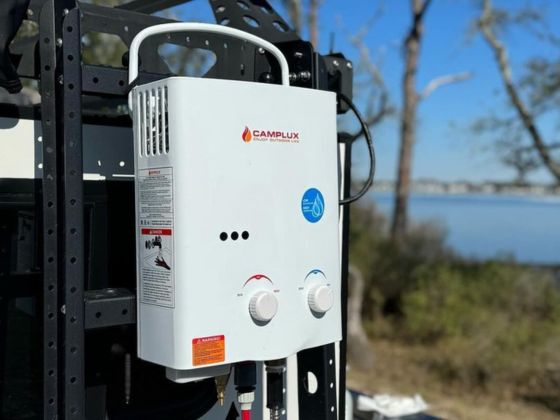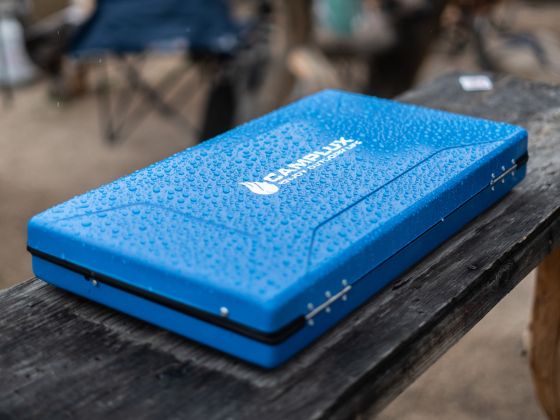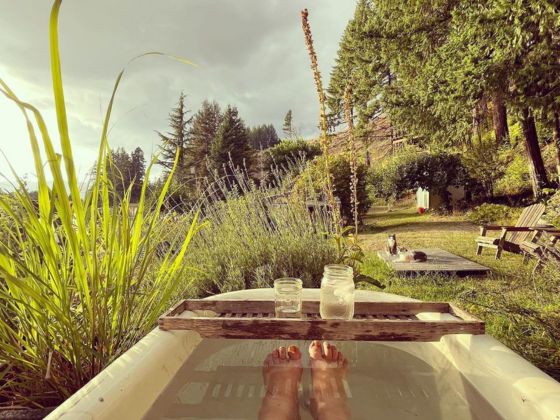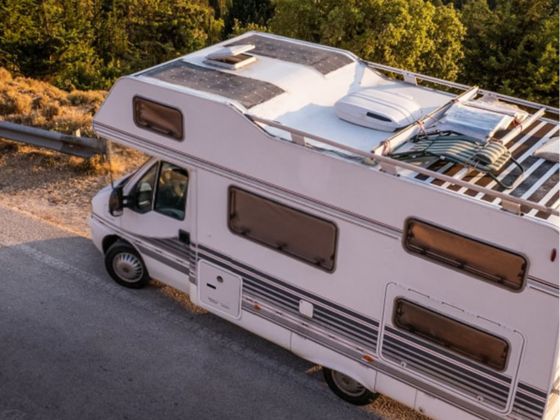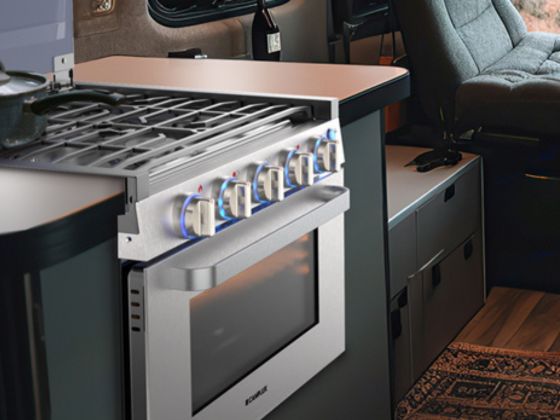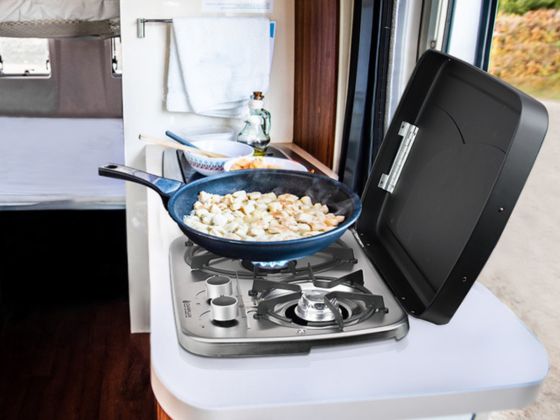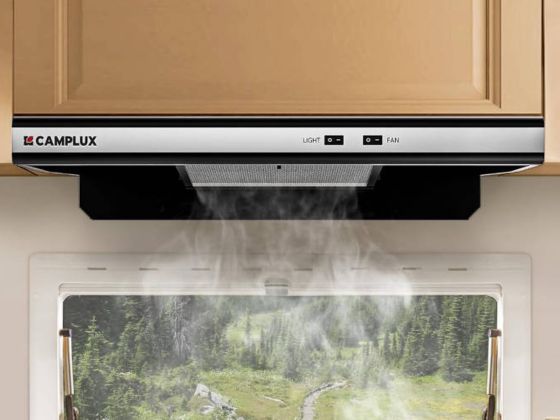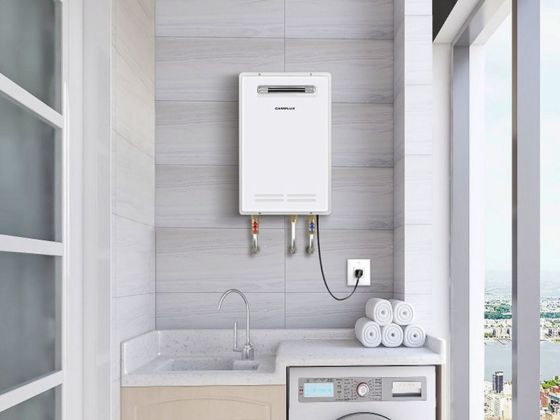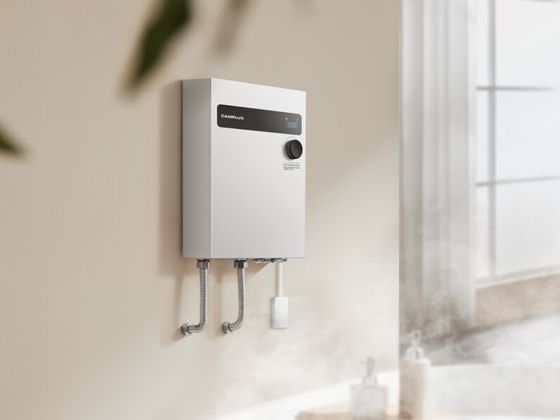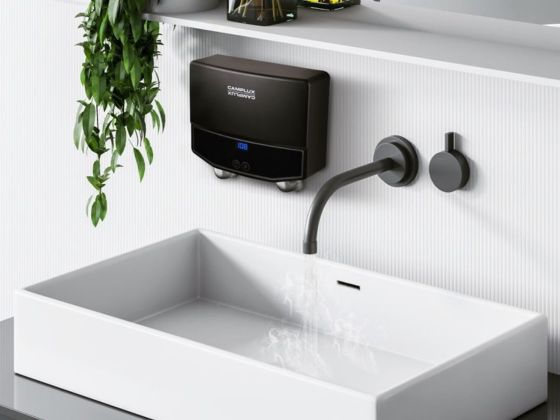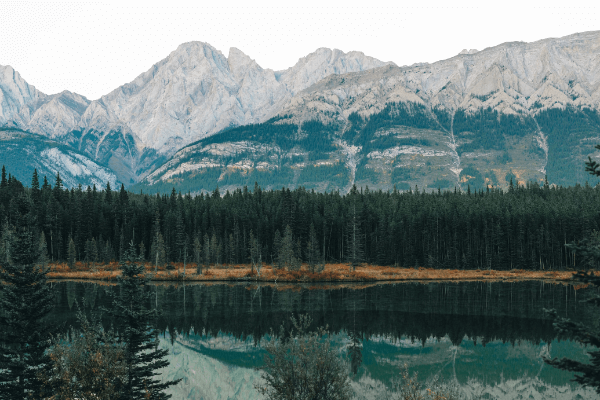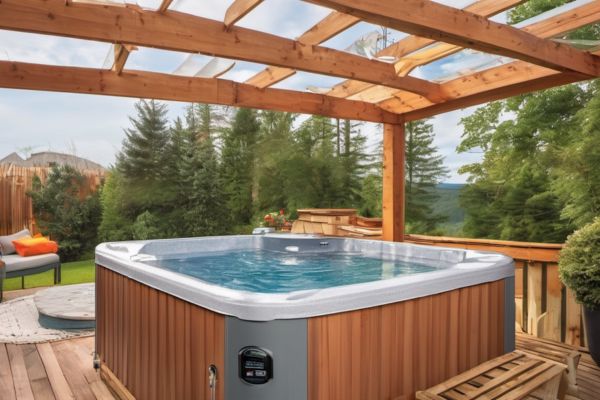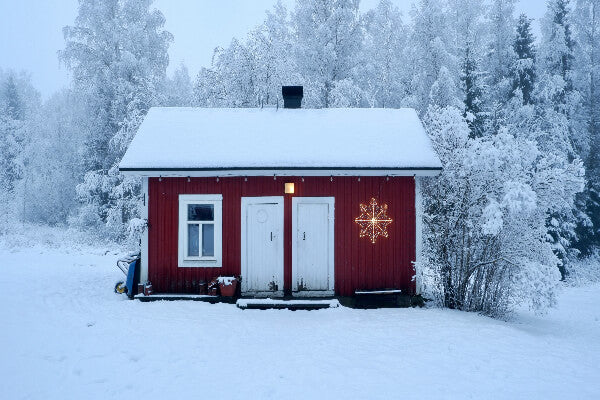The Camplux Portable Water Heater is an innovative solution for those who require hot water on the go, whether for camping, outdoor showers, or washing pets. Understanding the water input requirements of this device is crucial to ensure its proper functioning and longevity. This article delves into the various aspects of water input, from the source requirements to maintenance, providing a comprehensive guide for users to get the most out of their Camplux Water Heater.
Key Takeaways
- The Camplux Portable Water Heater is designed to accommodate a range of water input needs, with specific requirements varying by model.
- Optimal operation of the heater depends on connecting to a suitable water source, with particular attention to water pressure limits.
- Before using the Camplux Heater, it's important to consider the quality of the water supply to prevent damage and ensure efficient performance.
- Regular maintenance of water input components is essential to sustain the heater's functionality and prevent common problems.
- Troubleshooting water input issues promptly can extend the lifespan of the Camplux Portable Water Heater and guarantee consistent hot water supply.
Understanding the Camplux Portable Water Heater
Key Features and Specifications
The Camplux Portable Water Heater is designed for versatility and ease of use, making it an ideal choice for outdoor enthusiasts and homeowners alike. One of the key features of this heater is its portability, which allows users to enjoy hot water wherever they go. The unit is compact, lightweight, and typically comes with a handle for convenient transport.
Energy efficiency is another hallmark of the Camplux heater, with models designed to minimize gas consumption while still providing ample hot water. Here's a quick overview of the specifications you can expect:
- BTU Output: Varies by model
- Water Flow Rate: Up to 5 gallons per minute
- Ignition: Battery-powered for off-grid use
- Temperature Rise: Capable of significant temperature increases even in cold climates
Tip: Always check the specific model's manual for the exact BTU output and flow rate to ensure it meets your needs.
The heater's ability to operate under a range of conditions is facilitated by its adjustable water and gas flow, which provides users with full control over water temperature. Safety features, such as overheat protection and a flame failure device, are standard to ensure peace of mind during operation.
Model Variations and Their Water Needs
The Camplux Portable Water Heater comes in various models, each with specific water input requirements to ensure efficient operation. Understanding the water needs of your particular model is crucial for optimal performance and longevity of the unit.
- Camplux 5L: Requires a minimum of 0.4 gallons per minute (GPM) and can handle up to 1.32 GPM.
- Camplux 10L: Designed for a higher flow rate, needing at least 0.6 GPM and supporting up to 2.64 GPM.
- Camplux 16L: Ideal for larger demands, with a minimum requirement of 0.8 GPM and a maximum of 4.22 GPM.
Tip: Always refer to the user manual for your specific model to confirm the exact water input specifications before installation.
It's important to note that these requirements are not just for the heater's operation but also for the safety features to function correctly. Inadequate water flow can lead to improper heating and potential safety hazards. Therefore, ensuring that your water source can consistently meet the minimum GPM requirement is essential for the safe and effective use of your Camplux Portable Water Heater.
Water Source Requirements for Optimal Operation
Suitable Water Sources
For the Camplux Portable Water Heater to function effectively, it is crucial to use a water source that meets the device's requirements. The heater is designed to be versatile and can draw water from various sources, including municipal water supplies, natural water bodies such as lakes and rivers, and even static water containers like buckets or tanks.
- Freshwater sources are preferred, as they typically contain fewer contaminants that could affect the heater's operation. It is important to ensure that the water is clean and free from debris to prevent clogging and damage to the water input system.
- Municipal water supply
- Natural water bodies (lakes, rivers)
- Static water containers (buckets, tanks)
Tip: Always check for local regulations and environmental considerations when using natural water sources to ensure compliance and sustainability.
Minimum and Maximum Water Pressure
The Camplux Portable Water Heater requires a specific range of water pressure to function correctly. It's essential to ensure that the water source provides a pressure within the recommended range to avoid operational issues.
Minimum water pressure is crucial for the heater to ignite and maintain a consistent flow of hot water. Conversely, maximum water pressure must not be exceeded to prevent damage to the internal components and ensure safety.
Here is a quick reference for the water pressure requirements:
| Water Pressure | Requirement |
|---|---|
| Minimum | 2.5 PSI |
| Maximum | 80 PSI |
Tip: If you're unsure about your water pressure, use a pressure gauge to measure it before connecting the Camplux heater. This can help prevent issues related to inadequate or excessive water pressure.
Preparing Your Water Supply for the Camplux Heater
Pre-Use Water Quality Considerations
Before operating your Camplux Portable Water Heater, it's essential to consider the quality of the water you'll be using. Poor water quality can lead to issues such as mineral buildup, which can affect the heater's efficiency and longevity. To ensure optimal performance, follow these guidelines:
- Hardness: Water hardness should be within acceptable limits to prevent scale formation. If you have hard water, consider using a water softener.
- Chlorine Content: High levels of chlorine can corrode the heater's components. Use a water filter if necessary to reduce chlorine content.
- Sediment: Water with high sediment content can clog the system. A pre-filter can help to remove larger particles.
Tip: Regularly testing your water quality can help you identify potential issues before they affect your heater's performance.
By addressing these water quality considerations, you can help maintain the efficiency and extend the lifespan of your Camplux Portable Water Heater.
Connecting to a Water Source
Once you have ensured the quality of your water supply, connecting your Camplux Portable Water Heater is a straightforward process. Begin by attaching the water hose to the inlet valve of the heater, ensuring a secure and leak-free connection. It's essential to use a hose that is compatible with the heater's specifications to avoid any issues.
Follow these steps to connect your water source:
- Turn off the water supply before making any connections.
- Connect the water hose to the water supply tap.
- Attach the other end of the hose to the water heater's inlet.
- Securely tighten all connections to prevent leaks.
- Slowly turn on the water supply and check for any signs of leakage.
Tip: Always perform a quick check for leaks after establishing a connection. A small drip can lead to significant water loss over time and may damage the heater or surrounding area.
Once connected, your Camplux heater is ready for use. Regular monitoring of the connection points for wear and tear will help maintain a reliable water supply and extend the lifespan of your heater.
Maintenance and Troubleshooting Water Input Issues
Regular Maintenance for Water Input Components
To ensure the longevity and optimal performance of your Camplux portable water heater, regular maintenance of the water input components is crucial. This includes inspecting and cleaning the inlet filter, checking for leaks, and verifying that connections are secure.
- Inspect the inlet filter every month to prevent clogging and maintain water flow. Clean or replace it as needed.
- Check all hoses and connections for signs of wear or damage. Tighten any loose fittings and replace any components that show deterioration.
- Periodically test the water pressure to ensure it falls within the recommended range for your specific Camplux model.
Tip: Always relieve pressure and drain all water from the heater before performing any maintenance to prevent injury and damage to the unit.
By adhering to a regular maintenance schedule, you can preemptively address issues that might impede the performance of your water heater. Not only does this practice safeguard the unit, but it also contributes to the overall safety and efficiency of the system.
Common Water Input Problems and Solutions
When using the Camplux Portable Water Heater, users may encounter various water input problems. Identifying and resolving these issues promptly ensures the longevity and efficiency of the heater. Below is a list of common problems and their potential solutions:
- Low water pressure: Check for any kinks in the hose or blockages in the filter. Increasing the water flow can often resolve this issue.
- Inconsistent water temperature: Ensure the water pressure is stable and the gas supply is sufficient. Fluctuations in either can cause temperature variations.
- Sediment buildup: Regularly clean the water input filter to prevent sediment from affecting the heater's performance.
Tip: Always ensure that the water heater is turned off and cooled down before attempting any maintenance or troubleshooting.
If problems persist after trying these solutions, it may be necessary to consult the user manual or contact Camplux customer support for further assistance. Remember, proper maintenance is key to preventing many common water input issues.
When it comes to maintaining your tankless water heater, ensuring a steady and trouble-free water input is crucial. At Camplux, we understand that even the most adventurous spirits need the reliability of a hot shower wherever they roam. If you're facing issues with water input, don't let it dampen your outdoor experiences. Our comprehensive guide on 'Maintenance and Troubleshooting Water Input Issues' provides you with expert tips and solutions to keep your Camplux water heater performing at its best. For immediate assistance or to explore our top-rated tankless water heaters, visit us at Camplux.com. Enhance your adventures with the confidence of instant hot water at your fingertips!
Conclusion
In summary, understanding the water input requirements for the Camplux Portable Water Heater is crucial for its optimal performance and longevity. Ensuring that you provide the right water pressure, temperature, and quality will not only guarantee a steady supply of hot water but also protect your investment. Always refer to the manufacturer's guidelines and consider local water conditions when setting up your portable heater. With proper care and maintenance, your Camplux heater will be a reliable companion for all your outdoor adventures or home needs.
Frequently Asked Questions
What types of water sources can I use with a Camplux Portable Water Heater?
Camplux Portable Water Heaters are designed to work with various water sources, including municipal water, well water, and natural water sources like rivers or lakes, as long as the water meets the quality and pressure requirements specified for the model.
What is the minimum water pressure required for Camplux Portable Water Heaters to function properly?
The minimum water pressure required varies by model, but generally, Camplux Portable Water Heaters require a water pressure of at least 2.5-3.0 PSI to operate effectively.
Can I connect a Camplux Portable Water Heater to a garden hose?
Yes, most Camplux Portable Water Heaters can be connected to a standard garden hose as long as the hose provides the necessary water pressure and the water is clean and free from debris.
How do I ensure that my water source is suitable for use with a Camplux Heater?
To ensure suitability, filter the water to remove sediments and debris, verify that the water pressure is within the heater's operating range, and make sure the water is not too hard, as high mineral content can cause scaling and affect the heater's performance.
What maintenance is required for the water input components of a Camplux Portable Water Heater?
Regular maintenance includes cleaning the water inlet filter, checking for leaks in the connections, ensuring that the water pressure is within the recommended range, and descaling the heater if you have hard water.
What should I do if my Camplux Water Heater is not heating water despite being connected to a water source?
First, check to ensure that the water pressure is sufficient and that the inlet filter is not clogged. If the issue persists, consult the troubleshooting guide in the user manual or contact customer support for assistance.
